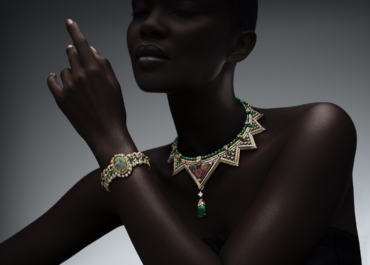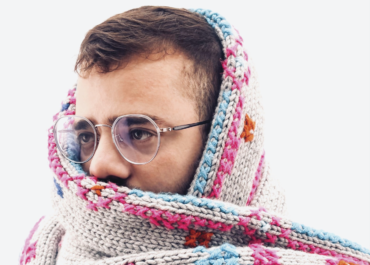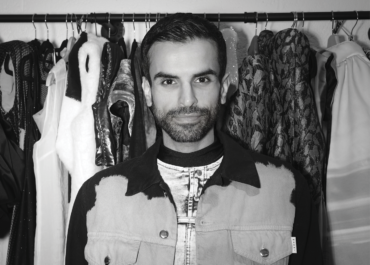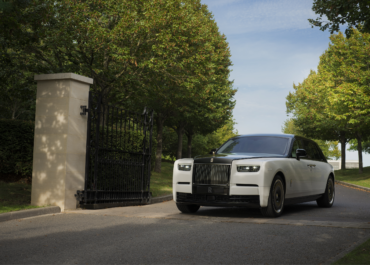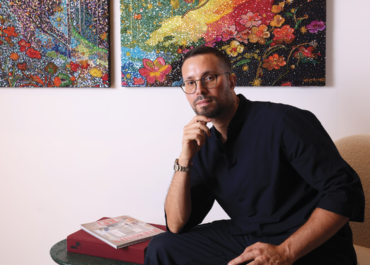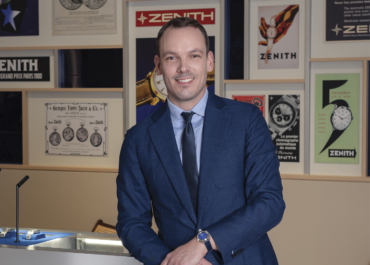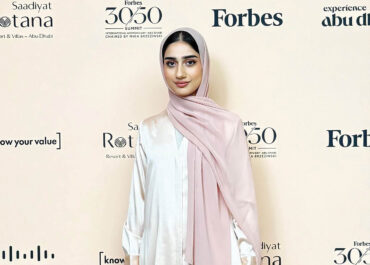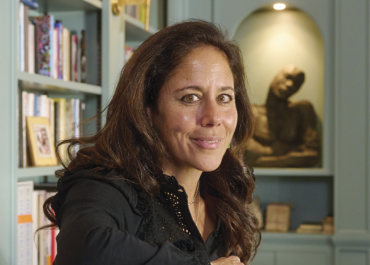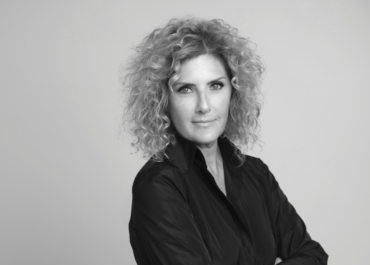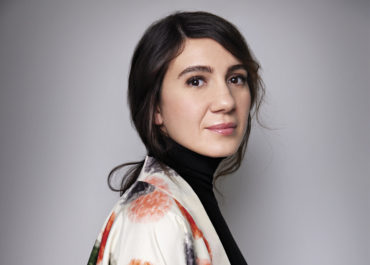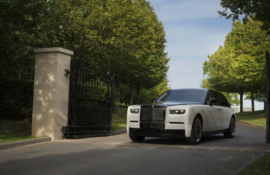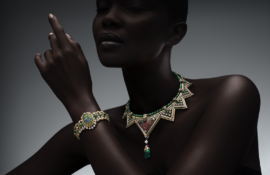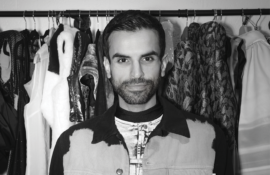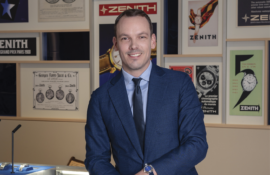As Saudi Arabia continues its remarkable cultural and creative transformation, one of the world’s most influential design platforms is set to make its debut in the Kingdom. This year Salone del Mobile.Milano will arrive in Riyadh with its first-ever regional edition: Red in Progress: Salone del Mobile.Milano meets Riyadh, a landmark moment that unites Italian design heritage with Saudi Arabia’s fast-evolving creative landscape.
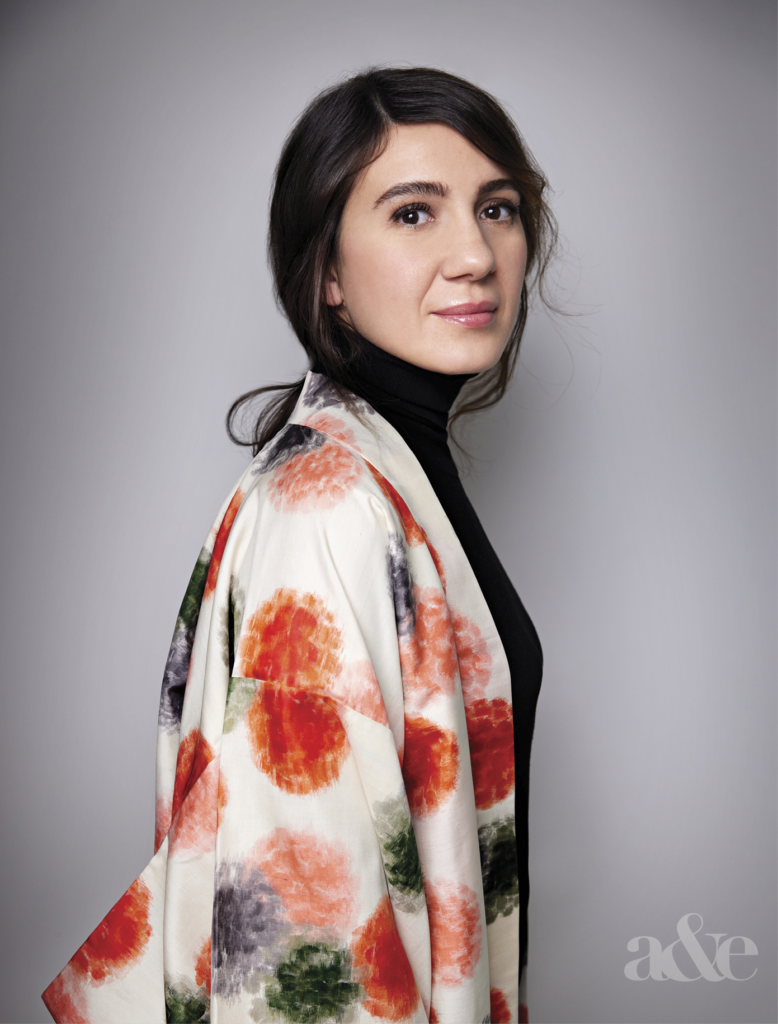
Leading this ambitious expansion is Maria Porro, President of Salone del Mobile.Milano, whose vision is guided by collaboration, education, and long-term cultural exchange. For Porro, Riyadh represents a shared stage for innovation, craftsmanship, and dialogue. The 2025 edition will serve as a preview of what’s to come in 2026, transforming King Abdullah Financial District into a hub for design, architecture, and ideas. Featuring over 35 Italian brands and a strong Saudi presence, the event will highlight sustainability, craftsmanship, and cross-cultural collaboration, setting the tone for a lasting partnership between two design capitals.
In this interview, Maria Porro shares the vision, values, and ambitions behind Salone del Mobile.Milano meets Riyadh, exploring how this creative encounter will contribute to the Kingdom’s Vision 2030, empower emerging Saudi talent, and redefine what a truly global design platform can be.
What inspired the decision to bring Salone del Mobile.Milano to Riyadh in 2025?
first of all, it is a cultural horizon. Riyadh is writing a new chapter, opening museums and schools, rethinking hospitality and public spaces, and doing so with a clear mandate for quality and knowledge. That is where Salone belongs: as a bridge between cultures and a catalyst for standards. We come not to “export” Milan, but to listen to the Saudi genius loci and place it in dialogue with Italy’s manufacturing culture, curation meeting craft, service meeting industry, ideas meeting delivery. 2025 is our opening gesture: a shared stage where we celebrate design as a public good and lay the groundwork — through education, methods, and partnerships — for a lasting exchange that will grow into the full Salone in 2026.
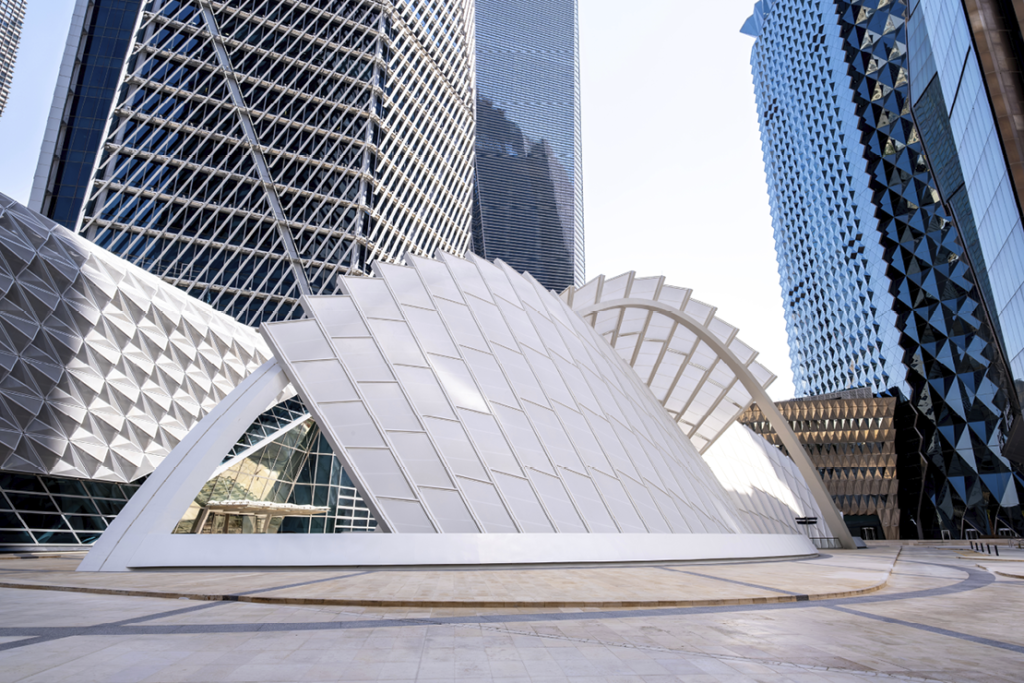
The event’s title, “Red in progress. Salone del Mobile.Milano meets Riyadh”, is intriguing. Can you tell us more about the concept and message behind this theme?
Red is Salone’s signature — our signal for energy, welcome, and momentum. In Riyadh it becomes space: Giò Forma’s landscape of modular scaffolding, entirely red, turns the raw language of the building site into a cultural stage. A vivid red path acts as the fil rouge, guiding visitors through an immersive journey and announcing that we are building something together. Indeed, within this architecture, the product path is clear: a curated sequence of furniture, lighting, and surfaces from 35+ Italian brands, positioned not as isolated icons but as solutions, with materials, finishes, and specifications easy to read. It’s both a preview and a manifesto: Salone is arriving, and it’s arriving to work.
With over 35 Made in Italy brands and a strong Saudi presence, what kind of creative and commercial exchange are you hoping to spark?
Culture and commerce in one frame. On one side: a curated constellation of Italian companies selected for quality, innovation, and sustainability. On the other hand: Saudi designers, developers, and institutions who are ready to translate ideas into interiors, fit-outs, and cities. The exchange is practical; clear specs, targeted B2B meetings, and site visits, so conversations become briefs, pilots, and orders, and partnerships.
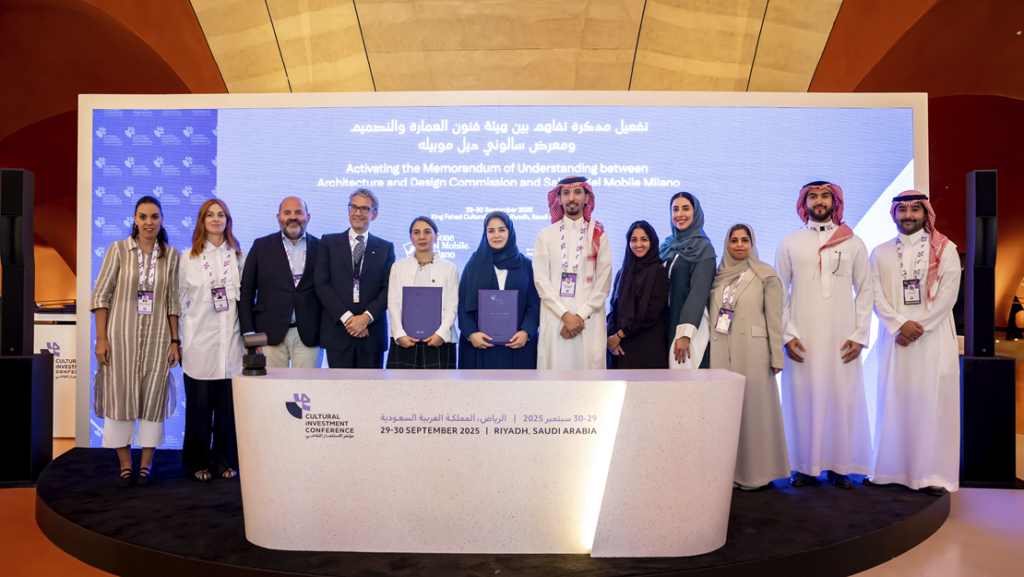
How did the partnership with the Architecture & Design Commission take shape and what vision underpins it?
It grew from a shared brief rather than a single meeting. We found immediate alignment on four pillars: excellence, education, sustainability, and long-term impact. From there, working groups brought together designers, universities, and industry to define concrete objectives, spotlighting Saudi talent, harmonising standards and specifications, and creating clear routes from concept to production. The underlying vision is fully consistent with Vision 2030: build cultural capital and creative industry capacity at the same time, so identity and economy advance together. In practice, that means a professional bridge that turns cultural dialogue into deliverable projects and durable collaborations.
The 2025 edition serves as a preview of a larger Salone to be held in Riyadh in 2026. How will this first event set the tone for what’s to come?
This debut defines the values and objectives that will guide our path to 2026: a listening-first approach to the Saudi context; quality as a shared benchmark across design, service, and execution; a business-first mindset where cultural content and B2B opportunities reinforce each other; and a commitment to education — from mentorship and portfolio reviews to clear routes from prototype to production. We’re also setting expectations on sustainability as practice and on standards that help projects deliver at scale. Above all, 2025 affirms our role as a cultural bond: recognising and amplifying the Saudi uniqueness while connecting it to international networks. These are the coordinates that will shape the 2026 fair so that it feels authentically rooted in Saudi Arabia and fully aligned with Salone’s ethos.
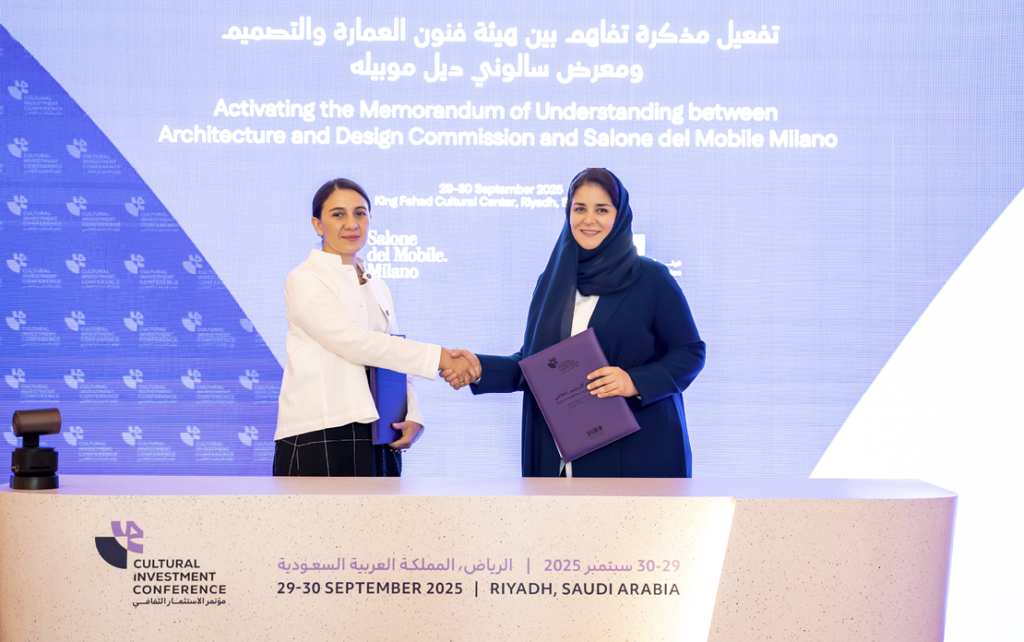
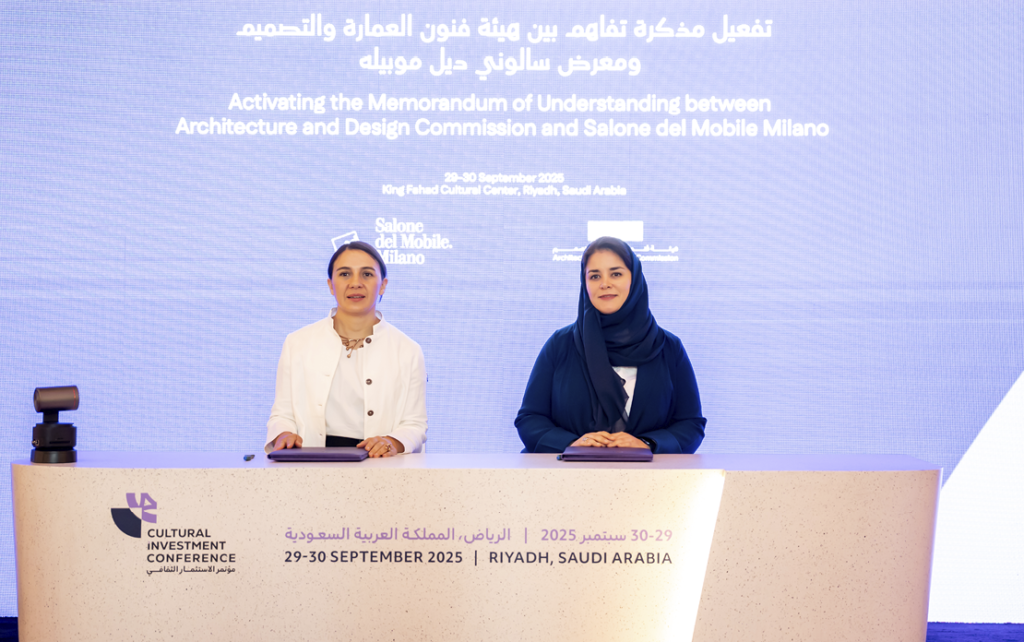
Saudi Arabia’s Vision 2030 emphasises creativity, innovation, and knowledge-sharing. How does Salone del Mobile.Milano meets Riyadh align with and contribute to this national vision?
By design, our initiative sits at the crossroads of Vision 2030’s pillars: a vibrant society, a thriving economy, and an ambitious nation and translates them into concrete actions for the design sector. First, we’ll amplify cultural life and public engagement around design — supporting the Quality of Life Program’s goal to enrich cultural participation — through an accessible program of exhibitions, talks, and masterclasses that turn design into shared knowledge. Second, we aim to strengthen the creative economy: we connect Saudi studios with manufacturers, contractors, and clients, helping prototypes become deliverable projects and improving supply-chain capability in line with Vision 2030’s diversification agenda. Hosting the event in KAFD — an anchor of Riyadh’s economic transformation — further roots this in the city’s innovation corridor. Third, we align with the Architecture & Design Commission’s mission by building a year-round bridge: mentorship, portfolio reviews, and shared guidelines on sustainability and performance that raise professional practice. In short, “Salone del Mobile.Milano meets Riyadh” is not a one-off showcase; it is a platform that cultivates culture, builds capability, and forges partnerships, so that Saudi identity and creativity gain international visibility while contributing to the Kingdom’s long-term transformation.
The event is set to transform King Abdullah Financial District into a hub for design and dialogue. What can visitors expect from this transformation and how will it reflect both Italian design heritage and Saudi creativity?
Expect an all-red, semi-transparent structure that reframes construction as culture; inside it, furniture, lighting, and surfaces from leading Italian brands meet Saudi voices on stage through masterclasses and roundtables. It’s Italian know-how, clarity, and service translated through Riyadh’s pace and hospitality, an urban stage that feels both familiar to Salone and specific to the Kingdom.
As the design landscape in the Gulf grows rapidly, how do you see Italy’s design expertise and craftsmanship inspiring or collaborating with the region’s emerging designers and architects?
We’ll activate SaloneSatellite as our talent bridge: juried showcases, portfolio reviews with decision-makers, and technical clinics that help promising ideas meet feasibility and production. Alongside that, we’re inviting Saudi universities to join workshops and research studios focused on materials, climate, and use, so collaboration starts in education and flows into practice. And we’ll spotlight the Saudi Design project as a dedicated thread within the program, giving emerging studios visibility, mentorship, and direct access to manufacturers and contractors. In this way, listening, prototyping, and aligning on codes and performance aren’t abstract principles; they’re structured pathways from presentation to production, with quality and accountability built in.
What conversations do you hope this debut opens between global and regional communities?
Three, above all: how beauty and performance can align in large-scale delivery; how identity can be expressed through contemporary, climate-aware design; and how sustainability can be measured across the entire lifecycle — from materials to maintenance — without losing warmth and humanity.
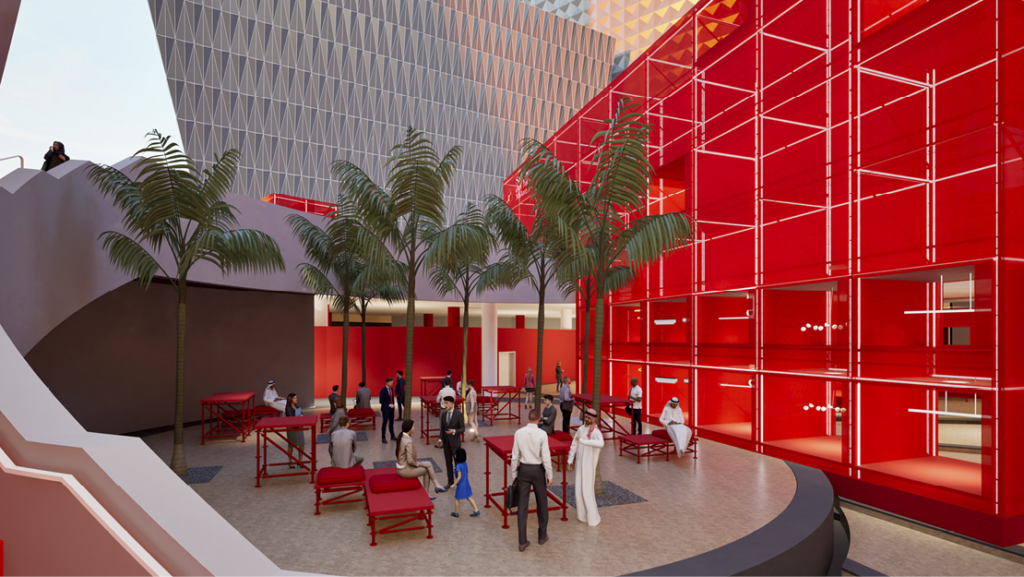
One of the key aims of this partnership is to foster local talent. How will the Riyadh edition support and empower young Saudi designers entering the global design stage?
The Riyadh edition puts Saudi designers on a curated stage, within an international program of masterclasses and roundtables, and places them in direct dialogue with leading Italian companies through a dedicated Business Lounge for targeted meetings. In other words: public recognition paired with concrete B2B pathways. We will also spotlight national initiatives such as Designed in Saudi, amplifying emerging voices and connecting them to manufacturers, contractors and decision-makers — so ideas can travel from concept to specification and into projects. The aim is simple and long-term: raise visibility, build know-how, and open professional routes that are locally rooted and globally legible.
Fine modulo
Sustainability and innovation are at the heart of today’s design conversations. How is Salone del Mobile.Milano integrating these priorities into its expansion and programming?
Sustainability is a working method. Salone is ISO 20121 certified for sustainable event management, and we apply evolving Green Guidelines to exhibitors. In Riyadh, we’ll foreground circular design, responsible materials, modularity, and logistics efficiency, showing not just products but the processes that make interiors last longer and perform better.

What excites you most about this new chapter in Riyadh and what does it mean for the future of the Salone as a truly global platform for design?
What excites me most is the chance to refine what a great design fair can be, not only a stage, but an engine. Riyadh gives us the scale and urgency to test a more agile Salone. It also lets us learn from a vibrant, young design culture — how hospitality becomes spatial practice, how climate and light shape comfort — and let those lessons travel back into our global calendar. For Salone’s future, this is a blueprint. We’re building a year-round platform rather than a single week: continuous dialogue with studios and brands, measurable outcomes for projects, and an education pipeline that moves talent from idea to industry. If we do it right, Milan remains the heart, but new “beats” like Riyadh become permanent nodes in a global network, each amplifying its identity while sharing a common vocabulary of quality, sustainability, and service. That, to me, is a truly global Salone: locally rooted, internationally useful, and always moving forward.
By Lindsay Judge


